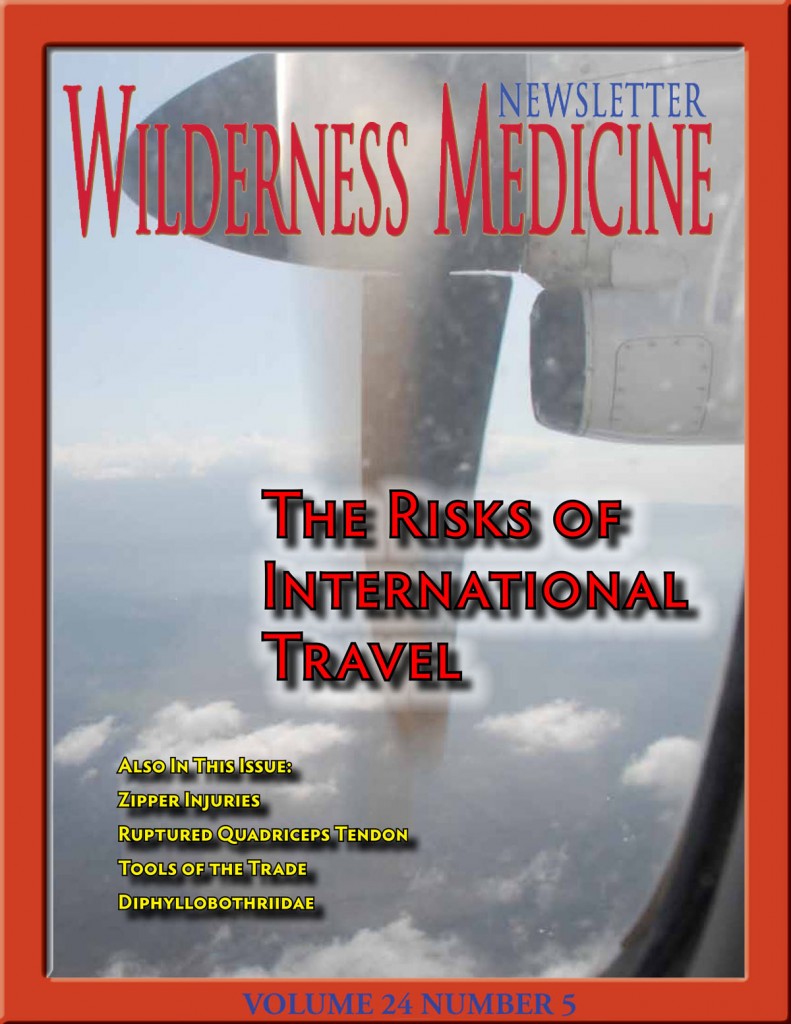Seniors Hiking In The Woods

ISSN-1059-65-18
Volume 27 Number 5
By Paul MacMillan, AEMT
More and more seniors are hiking in the woods, which is simply a “walk in the woods.” You will find seniors walking along rugged trails, along riverbanks, through meadows, or on boardwalks over wetlands. You can find seniors recreating almost anywhere in the wilderness.
To look at the prevention side of things as a senior that plays out in the woods, there are a few things you should do before you go for your hike. I would like to review some of these simple steps to keep you safe and make your hike enjoyable.
If you are on medications, make sure you pack any medications that are needed for that day’ activity and extra medication in case something delays you from returning home at the appointed time. If you have special conditions that a first responder may need to know in order to provide you with the best possible care, wear a medical bracelet, necklace, or carry this vital information in your wallet. Program emergency contact information into your cell phone. Many first responders will check cell phones for the notation “ICE” (In Case of Emergency). Leave your family or friends an itinerary of when and where you are hiking, and when you plan to return.
When you head out, wear comfortable and appropriate footwear for your hike. Senior’s hiking shoes should have excellent ankle support, be lightweight, and, if possible, have non-skid soles. Have a well-supplied backpack to meet the needs of your hike. Make sure you pack it with the essentials: water, light snacks, a map and compass, a signaling device (whistle, or mirror), light source (headlamp, or flashlight), matches, cell phone, rain gear, extra pair of socks, a SOLO WFA map, and of course, your medications. If you have balance, knee, or back problems, I also recommended that you use a walking stick or trekking poles.



